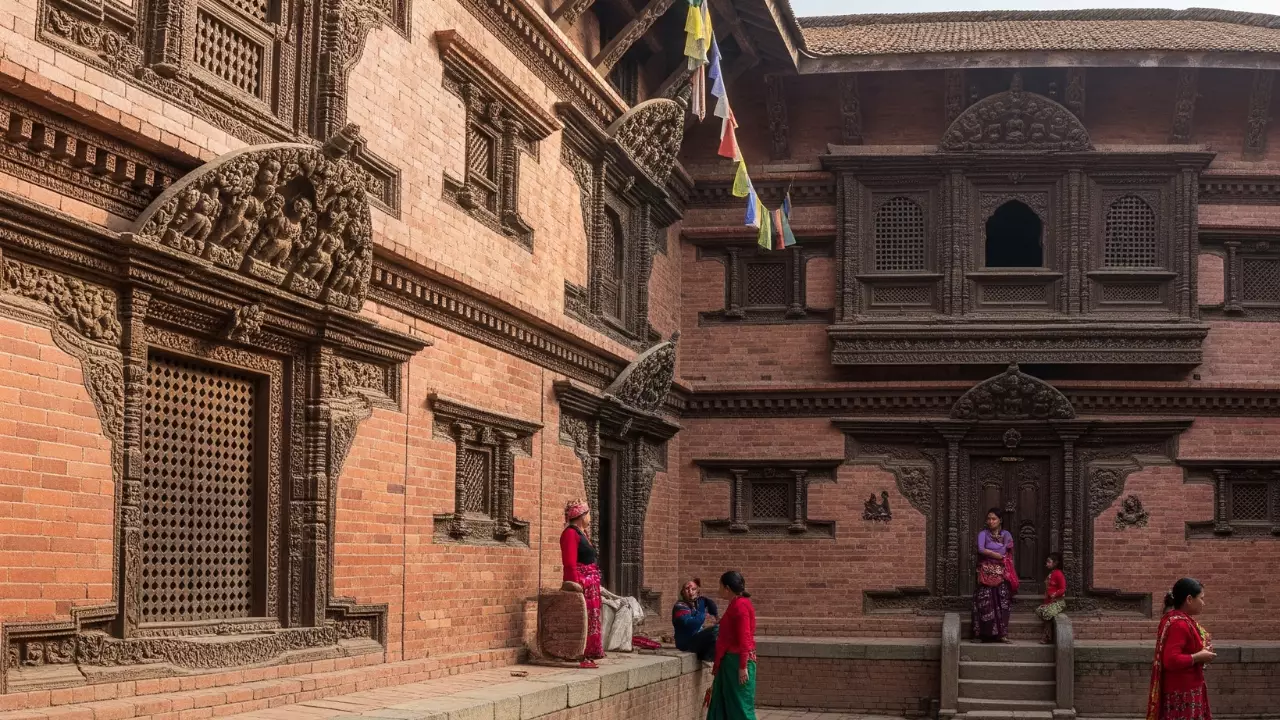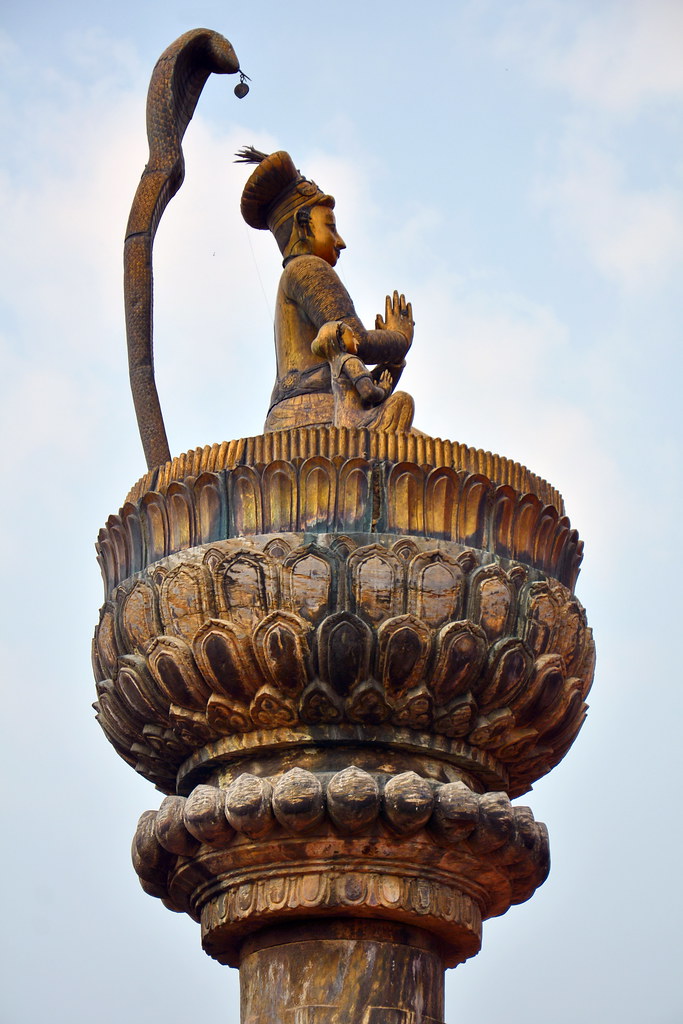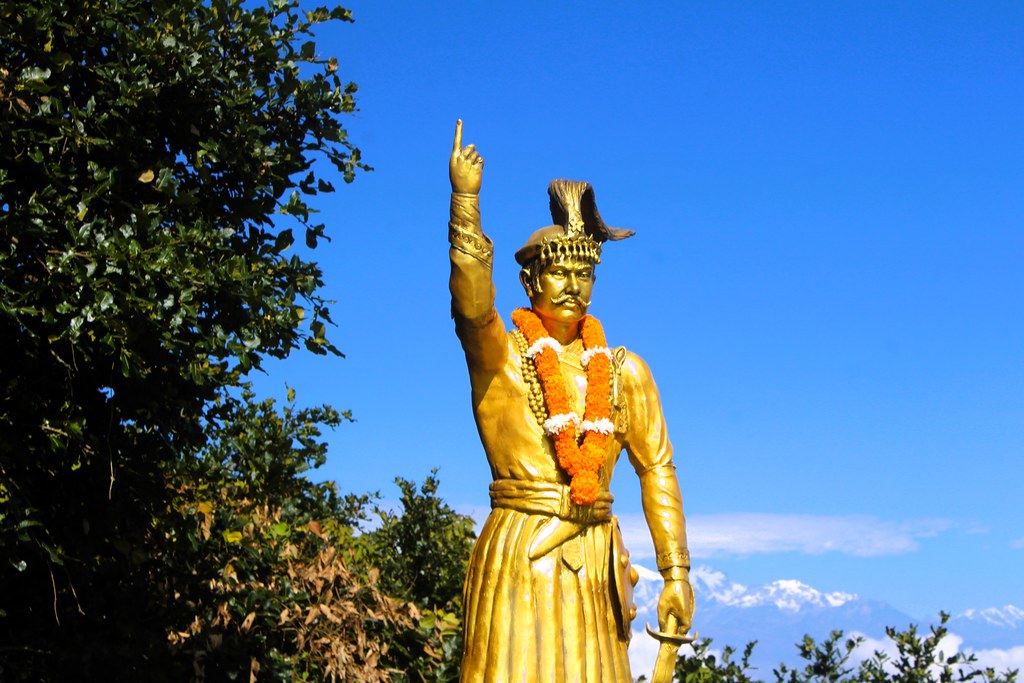Share this Article
Located in the eastern hills of Nepal, Okhaldhunga is a district that stands out for its breathtaking natural beauty, cultural richness, and historical importance. While often overlooked in national development conversations, it is a place filled with potential and pride—perhaps best reflected in the works of the beloved Nepali poet Siddhicharan Shrestha, who was born here. His famous poem “Mero Pyaro Okhaldhunga” immortalizes the district’s charm and remains an emotional tribute to its people and landscape.
Geography and Natural Beauty
Okhaldhunga lies within the Sagarmatha Zone, bordered by Khotang, Solukhumbu, and Udayapur. The district features a diverse terrain, ranging from lower valleys at around 300 meters to elevated hills reaching beyond 2,500 meters. This variation results in multiple microclimates and lush vegetation. The Likhu and Sunkoshi rivers flow through its terrain, nourishing fertile lands ideal for farming. Dense forests support various species of birds and animals, making the district an attractive site for eco-tourism, hiking, and nature-based adventures.
The landscape is marked by dramatic hills, cascading waterfalls, terraced farmlands, and small villages nestled in greenery. These features offer not just beauty but also the opportunity for tourism development and environmental conservation.
Cultural Diversity and Traditions
The district’s population includes a blend of ethnic communities such as the Rai, Sherpa, Brahmin, Chhetri, and Newar, each contributing distinct languages, customs, and rituals. This rich cultural mosaic is celebrated through vibrant festivals like Dashain, Tihar, Maghe Sankranti, and many indigenous events that bring communities together.
Hospitality is a defining trait of Okhaldhunga’s people. Visitors often find themselves warmly welcomed into homes and invited to take part in local celebrations, cultural dances, and traditional food preparation. This cultural authenticity is a strong asset that, if promoted well, can serve as a major tourism attraction.
Economy and Development Landscape
The economy of Okhaldhunga is primarily based on subsistence agriculture, with rice, maize, millet, and vegetables being the key crops. Livestock farming also supports many households. Over time, some small-scale industries such as handicrafts and woodwork have started to emerge, although at a slow pace.
Infrastructure, particularly road connectivity, remains a major challenge in certain areas. Many villages are still remote, limiting access to education, healthcare, and markets. However, efforts are being made to build and improve roads that connect rural settlements with larger towns, enabling trade and access to services.
Development programs are also beginning to focus on areas such as sustainable farming, skill training, and eco-tourism, though consistent investment and coordination are still needed.
Tourism: An Emerging Sector
Tourism in Okhaldhunga is in its early stages but holds great promise. Visitors are drawn to attractions like the Siddhicharan Shrestha Memorial Park and Okhaldhunga Himal, as well as various trekking routes that pass through villages, terraced farms, and forest trails. The district’s natural setting, combined with its cultural authenticity, is ideal for eco-tourism and cultural tourism.
To expand this sector, investment in homestays, local guides, and promotion of unique experiences—such as cooking traditional food or learning about local customs—could go a long way. With the right support, Okhaldhunga could emerge as a must-visit destination for travelers seeking off-the-beaten-path experiences.
The Symbolism of the Okhal (Mortar) and Its Role in Local Identity
The name "Okhaldhunga" originates from two Nepali words: "okhal", meaning a traditional stone mortar used to grind grains, and "dhunga", meaning stone. Together, they signify "the place of the stone mortar," and refer to a distinctive natural rock formation resembling this essential household item.
Historically, the okhal played a vital role in daily life, used to grind rice, maize, and other staples. Though its use has declined due to modern grinders and mills, the okhal still holds deep cultural importance, especially during festivals and rituals. It remains a symbol of rural life, heritage, and self-sufficiency.
Leveraging the Okhal for Economic Growth
Rather than letting the okhal fade into obscurity, Okhaldhunga can use it as a central cultural symbol and branding tool to boost local identity and stimulate development:
- Cultural and Heritage Tourism: Villages could open their homes to visitors interested in traditional living. Activities like grain grinding, traditional cooking, or stone carving could be part of guided tours or cultural experiences.
- Promotion of Local Crafts: Handcrafted stone okhals and other traditional tools could be produced for the souvenir market. This would support local artisans and help preserve age-old techniques.
- Sustainable Agriculture and Agro-Tourism: By promoting organic and traditional farming methods, the district could market its produce as natural and chemical-free. Tourists could be invited to participate in farming, harvesting, or food-preparation workshops.
- Educational Programs and Cultural Events: Schools could teach students about the okhal's history and cultural meaning, while annual festivals could celebrate traditional lifestyles and provide platforms for local artists and farmers.
- Combining Tradition with Innovation: A modern, eco-friendly version of the okhal could be developed for urban homes or exported to international markets. By using social media and modern branding, Okhaldhunga’s products and stories could reach a wider audience.
Conclusion: A District on the Rise
Okhaldhunga is a district that reflects the heart of rural Nepal—rich in tradition, blessed with natural beauty, and home to resilient communities. While it faces challenges in infrastructure and development, it also has immense untapped potential. From tourism and agriculture to cultural preservation and innovation, Okhaldhunga can carve out a niche for itself on both the national and global stage.
By embracing its identity—symbolized powerfully by the okhal—the district can create a sustainable path toward economic growth, community empowerment, and cultural pride. As the birthplace of Siddhicharan Shrestha and a land of tradition, Okhaldhunga stands not only as a reminder of Nepal’s past but also as a beacon of its rural future.
Categories:
History & Heritage
Tags:
Okhaldhunga
,
District








